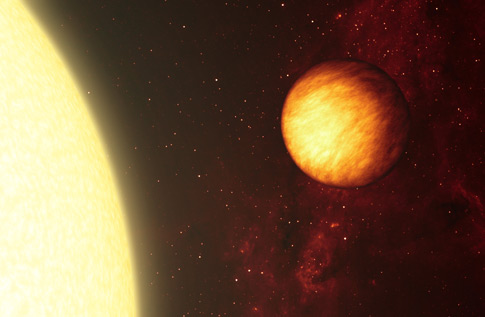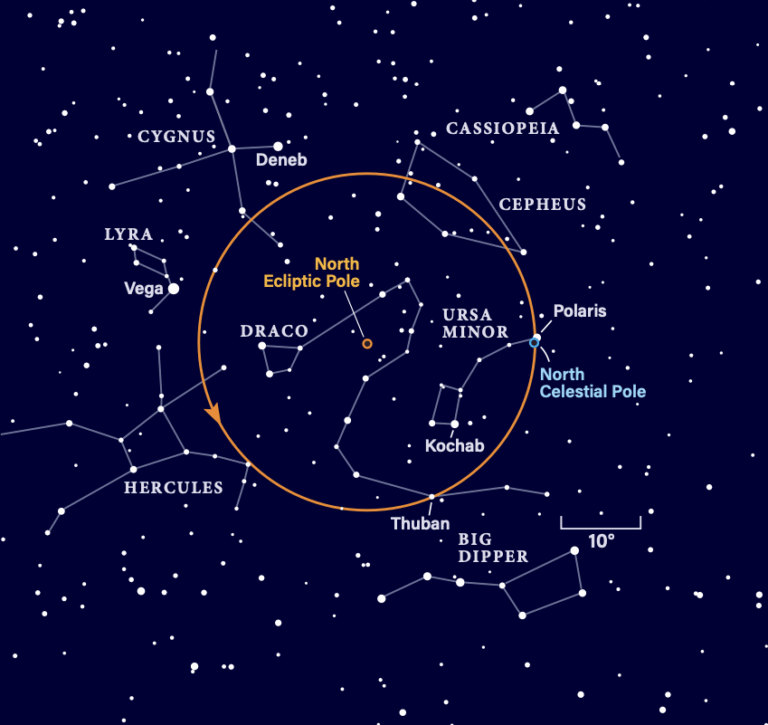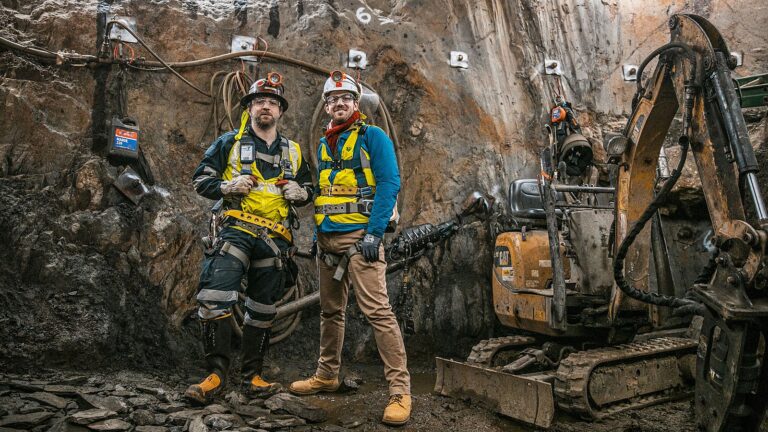Key Takeaways:
After looking at the chemical composition of stars that host planets, astronomers discovered giant stars do not show iron enrichment on their surface, as do dwarf stars. Planetary debris falling onto the star’s outer layer produces a detectable effect in a dwarf star, but this pollution is diluted by the giant star and mixed into its interior.
“It is a little bit like a Tiramisu or a Capuccino,” said ESO’s Luca Pasquini, lead-author of the paper reporting the results. “There is cocoa powder only on the top.”
A few years after the discovery of the first exoplanet, it was evident planets are preferentially found around stars enriched in iron. Planet-hosting stars are, on average, almost twice as rich in metals than their counterparts with no planetary system.
The immediate question is a classic ‘chicken or the egg’ problem: Does this richness in metals enhance planet formation, or is it caused by the presence of planets? In the first case, the stars would be metal-rich down to their centers. In the second case, debris from the planetary system would have polluted the star and only external layers would be affected.
When observing stars and taking spectra, astronomers see only the outer layers and can’t verify that the whole star has the same composition. When planetary debris fall onto a star, the material will stay in the outer parts, polluting it and leaving traces in the spectra taken.
Looking at the distribution of metals in fourteen planet-hosting giants, the astronomers found their distribution was different from normal planet-hosting stars.
“Evolved stars are not enriched in metals, even when hosting planets,” said Pasquini. “Thus, the anomalies found in planet-hosting stars seem to disappear when they get older and puff up.”
Looking at the various options, the astronomers concluded the most likely explanation lies in the difference in structure between red giants and solar-like stars (the size of the convective zone, the region where all the gas is completely mixed.) In the Sun, this convective zone comprises only 2 percent of the star’s mass. But in red giants, the convective zone is huge, encompassing 35 times more mass. The polluting material would thus be 35 times more diluted in a red giant than in a solar-like star.
“Although the interpretation of the data is not straightforward, the simplest explanation is that solar-like stars appear metal-rich because of the pollution of their atmospheres,” said co-author Artie Hatzes, director of the Thüringer Landessternwarte Tautenburg in Germany, where some data were obtained.
When the star was still surrounded by a proto-planetary disc, material enriched in heavier elements would fall onto the star, polluting its surface. The metal excess produced by this pollution, while visible in the thin atmospheres of solar-like stars, is completely diluted in the extended, massive atmospheres of the giants.











